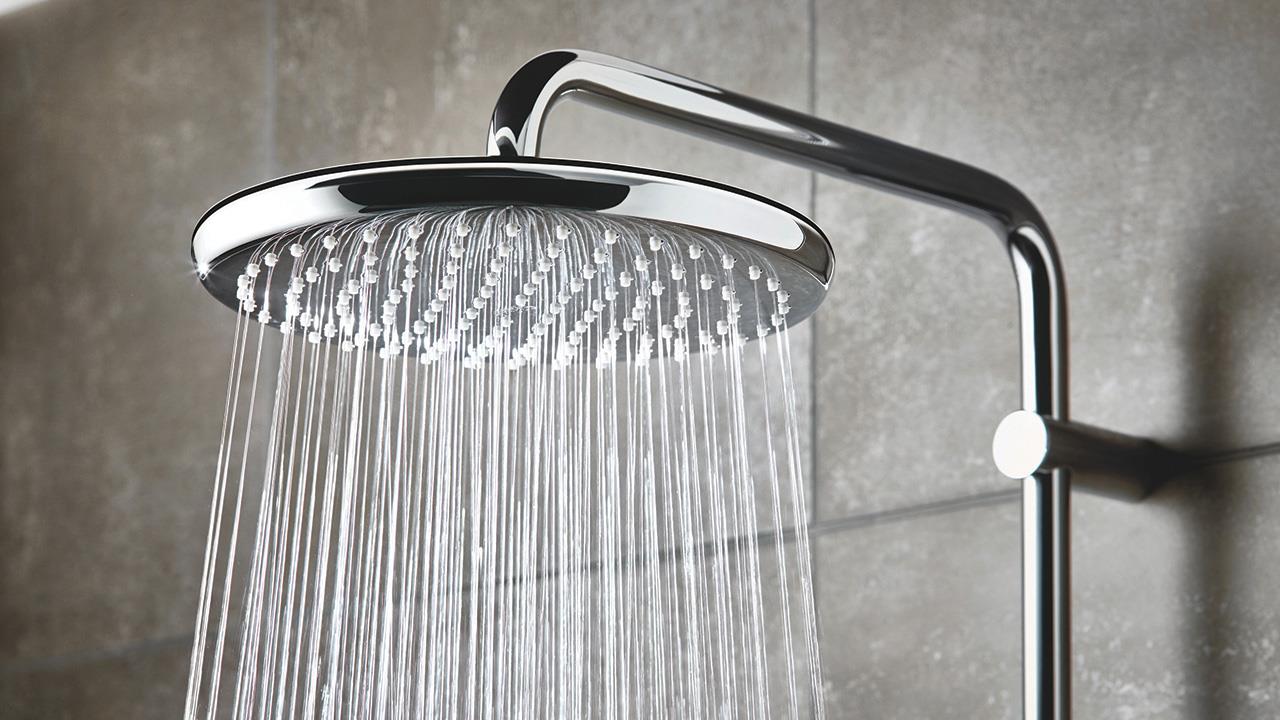

According to Water UK, this April the average annual water bill in England and Wales is set to rise with inflation by around £31 (7.5%), resulting in a yearly average increase from £417 to £448.
With this news in mind, the topic of resource saving in the home has increased in popularity, as many of us search for simple ways to navigate the rising cost of living, either through short-term actionable lifestyle changes, or larger-scale ideas and investments to futureproof the home.
Such news also brings about the question of just how much water we are using, both as individuals and as a nation, reminding us that despite the common belief that water is an infinite source, in fact, the opposite is true.
According to recent research commissioned by the Consumer Council for Water, 94% of people underestimate the amount of water they use per day. Over a fifth of participants in the study believed their household used less than 20l per day, when the average usage per person is actually 152l of water per day.
Turning off the shower when soaping or reducing the water flow when brushing your teeth are tried and tested advice for water efficiency. However, this alone will not significantly reduce water consumption. The pivotal question therefore remains: how can we reduce our water consumption at home and still maintain hygiene, health, and comfort?
The bathroom is no stranger to technological innovations, with advances in recent years granting us greater opportunities. With solutions now available to improve personalisation, accessibility, and sustainability, all while improving overall user experience, there’s little excuse not to use these options, which can easily become standard.
Many shower systems and taps now available are equipped with water-saving technology. For example, GROHE’s ‘EcoJoy’ technology couples flow regulating mousseurs and a CO2-infused spray with technology that allows evenly distributed flow of water. As a result, water usage is reduced without adversely affecting performance.
Elsewhere, thermostatic bar mixers provide precise temperature control and correct temperature fluctuations within a fraction of a second by continuously mixing hot and cold water. This means that water wastage from running the shower while adjusting the temperature can become a thing of the past.
Premium thermostats can go a step further to support eco-friendly efforts. As technology has advanced, there are now models equipped with an ‘EcoButton’ that allows users to efficiently switch between eco-flow and full flow, depending on individual preference.
Customers can use less water and save on energy, helping to preserve natural resources and improve building efficiency.
Other technologies now available include cold-start functionality, such as GROHE SilkMove ES technology, where ES stands for Energy Saving.
This technology equips basin mixers with a cold-start function, meaning warm water is only dispensed when the lever is pushed left. This helps to reduce the unnecessary use of warm water, by making the running of warm water a conscious decision.
Some individuals may be discouraged from investing in eco and water-saving fittings due to a misconception that the level of performance, and the experience, will be compromised.
However, thanks to modern technology and innovations, this is no longer the case, as product development allows us to create sustainable products without compromising on elements of design and performance.
A key solution for the global water scarcity problem is making homes – and particularly bathrooms, which account for over two-thirds of daily household water use – more efficient through sustainable design. Here, installers can help by opting for products designed with sustainability in mind.
We need to change how we use water – and we need to start today. Resources are being stretched to new limits, and, alongside the impact of the climate crisis, this is making water scarcity a daily challenge for more and more communities across the globe.
If you'd like to keep up-to-date with the latest developments in the heating and plumbing industry, why not subscribe to our weekly newsletters? Just click the button below and you can ensure all the latest industry news and new product information lands in your inbox every week.